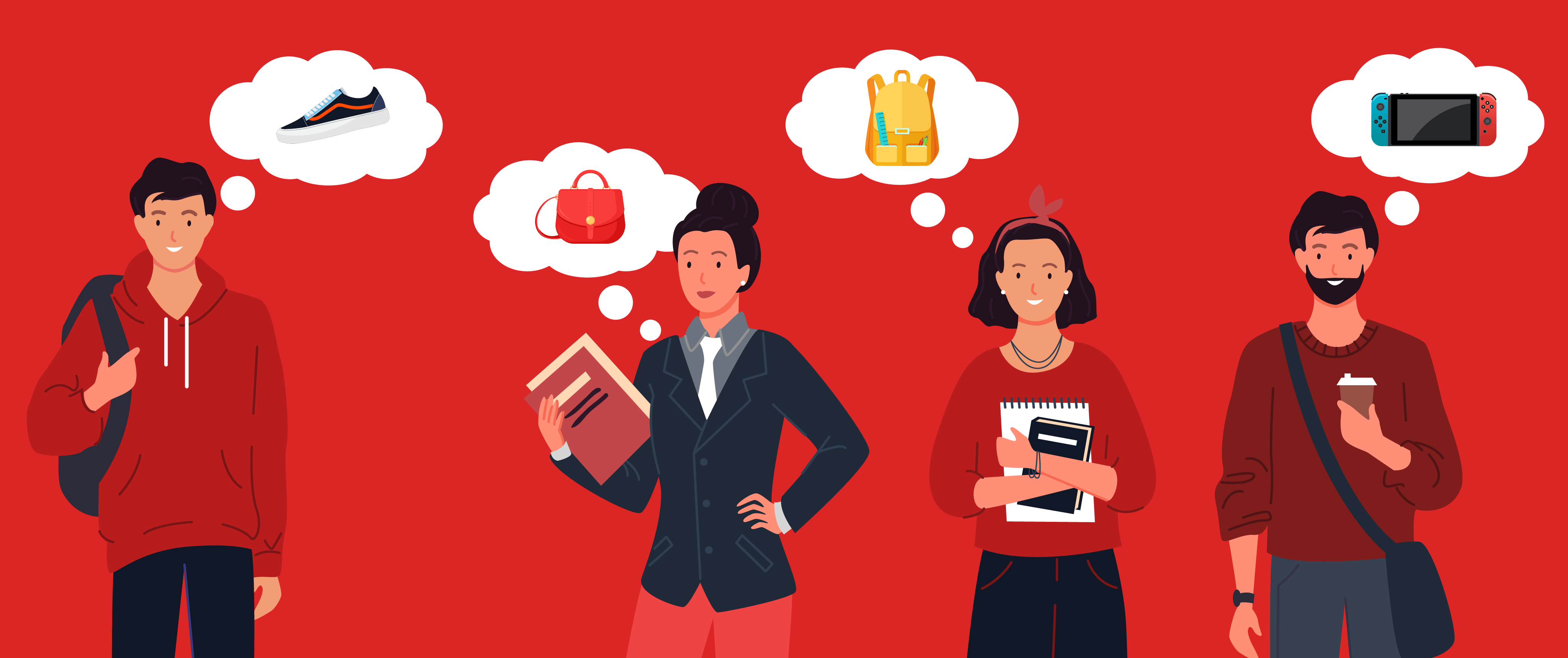Before the 1940s, print media and radio ruled the marketing landscape. Then along came television, and marketers had to reinvent their methods for a new visual medium. Fast forward several decades, and we have a multitude of digital devices along with access to fast internet on the go. Reaching out to your audience on one channel alone won’t cut it anymore. Neither will strategies geared toward only print, audio, or visual media. Multichannel marketing is a must-do for any business that wants to remain relevant in our digital-first, everything-on-demand culture.
From business and education to entertainment and socializing, digital communication is embedded in every part of our lives. According to GWI’s 2021 global survey, 92.1% of internet users aged 16–64 use a mobile phone, while 71.2% use a laptop or desktop, and 28.2% a tablet.
When it comes to actual web traffic, desktops, laptops, and tablets combined generate 39.34%, and mobile phones 60.66%. Further, social media (accessed predominantly on mobile) accounts for 25% of all digital consumption. Add to this that US adults spend on average five and a half hours on their mobiles every day. In addition, 50% of B2B inquiries take place via mobile.
Multichannel marketing takes full advantage of the range of channels, devices, and platforms available—as well as the amount of time that users spend online—to reach a wider market than ever before. This gives businesses the perfect opportunity to reinforce their brand presence, no matter their product, service, or target audience. At the same time, it allows a whole new level of segmentation and customization, while helping to boost the user experience.
The Benefits of Multichannel Communication
Digital technology has made us lazy consumers. We no longer want to look for products or nag businesses about invoices and pricing. Instead, we want them to deliver exactly what we need, when we need it. Bonus points if they know what our needs are without us actually telling them!
A multichannel marketing strategy allows businesses to provide customers with what they want, where they are, and at the most convenient time.
Meet Your Customers Where They Are
Today’s customers are unlikely to stand in a queue or stay on the phone for more than 10 minutes to solve a query. They expect to contact businesses via their favorite social media platform, live chat, or text.
Multichannel marketing lets you communicate with your customers on the most strategic platforms, as well as via the connections that are most convenient for them. This also plays a significant role in elevating the customer experience. As a result, your marketing and support services become better targeted, efficient, and cost-effective, helping you to optimize your budget for maximum return.
Provide a More Personalized Experience
With so many platforms for consumers to choose from—and switch between— businesses had to find a way to maximize brand loyalty. Personalization aims to do just that. It recognizes each customer as an individual, targeting their specific needs, life stage, and preferences.
With improved access to data, personalization is becoming easier and more accurate. Businesses can analyze consumer purchase history, behavioral patterns, and interests, enabling them to offer personalized recommendations.
Providing your users with relevant content on their preferred channels simplifies decision-making, purchasing, and problem resolution. In addition, a cohesive customer journey can drive engagement, customer satisfaction, and brand loyalty. On the flip side, remember that sending users irrelevant or random content can do more harm than sending nothing at all.
Automate Business Processes
Implementing multiple support channels lets you serve a greater volume of customers. Although this may just sound like more work, the right automation tools can help your business expand its reach and service capabilities at a lower cost. Query processing becomes a seamless experience, and customer problems can be resolved more efficiently.
Multiple support channels, self-service solutions, and chatbots all deflect calls from an overwhelmed call center. When customers are able to reach you via Web Chat, SMS, WhatsApp, or Facebook Messenger, call center staff are freed up to look at more complex issues. Furthermore, chatbots can work across touchpoints and integrate with back-end systems. For example, when a customer logs onto their profile, the bot automatically recognizes if they made a recent purchase. As a result, the customer receives an update before they’ve even lodged a query.
A unified support channel streamlines all inquiries onto a single platform. This simplifies the process of handling queries and allows businesses to analyze their problem areas.
Narrow Your Focus
Integrating and automating communication across channels is a necessity when implementing an omnichannel strategy.
With multichannel marketing and communication, the aim is to share a business’s brand message across numerous channels. For example, running the same campaign on Facebook, Instagram, and an online store webpage. Essentially, the communication (whether related or unrelated on the respective platforms) centers around the product.
Omnichannel marketing refocuses the spotlight on the customer journey by integrating communication across all platforms. Interactions build on each other for a seamless customer journey—regardless of the platform the customer is using—thanks to their activity being automatically synced on every device.
For instance, a user may log onto their Google Chrome profile via a desktop. Even if they leave that particular computer, they’ll still be able to continue exactly where they left off with their mobile or tablet.
Choosing the Best Marketing Strategy
Choosing between an omnichannel or multichannel marketing strategy depends on your type of business as well as your goals.
Perhaps your aim is to increase brand awareness and reach. With multichannel communication, you can interact with a variety of prospects across numerous platforms. However, if you’re focusing on your existing client base, then omnichannel support might be a better bet for optimizing customer relationship.
Regardless of what you decide on, CleverTap’s comprehensive messaging features can help you deliver the right message at the right time, supplying a seamless experience across mobile, web, email, and other platforms.
Need more information about implementing the best marketing and support strategy for your business? Subscribe to our blog for access to marketing tips in today’s competitive, digital-first climate.

Subharun Mukherjee 
Heads Cross-Functional Marketing.Expert in SaaS Product Marketing, CX & GTM strategies.
Free Customer Engagement Guides
Join our newsletter for actionable tips and proven strategies to grow your business and engage your customers.















































